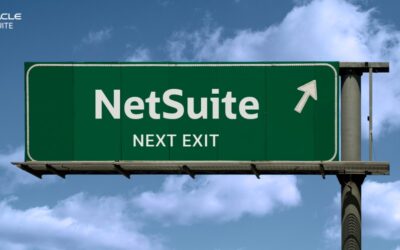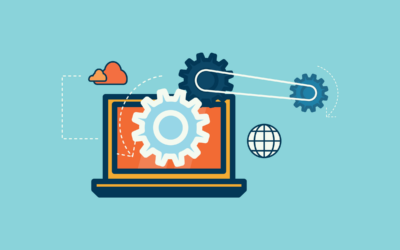The inflation rate jumped to 7% in 2021, and in a recent Conference Board survey, 55% of 900 CEOs said they expect price pressures to persist until at least 2023.
Suspend less profitable or frequent stockout products.
Rather than scrambling to all orders in the face of logistical, shipping, labor and materials challenges, press pause. Customers and resellers get clarity. You get to redirect efforts and materials to what you can deliver
Sell on a marketplace.
Margins are tighter, but you’ll reach a new audience, remove friction, spend less on marketing and potentially be an early mover. Specialized B2B and B2C marketplaces like Avendra (hospitality), Bryzos (steel) and LoveCrafts (art supplies) gained followers during the pandemic. They’ll continue to rise in popularity.
Add a high-margin service component.
There’s been plenty written about how to raise prices. Buck the trend: Keep product prices level and attach a profitable service that addresses a customer pain point. Installation services, online training and marketing or point-of-purchase materials can generate revenue and increase retention. Favor unique value-added services that can’t be easily copied.
Retool to recurring revenue.
MRR isn’t just for SaaS providers. Those value-added services can be sold as subscriptions. One CFO turned CEO began offering a six-figure medical device on a monthly rental basis. Customers go from CapEx to OpEx and can beer acquire needed equipment.
Reduce overhead.
What’s that? Raw materials and energy are through the roof? Look at costs like rents, office equipment leases and managed services contracts. Are there suppliers that will offer a price break for signing a longer-term contract?
Watch competitors like a hawk.
You need to know what pricing moves your main rivals and resellers are making and be poised to react immediately.
Make strategic use of promotions.
Think of promotions in terms of pricing correctability. Raising prices by 20% and offering discounts — 5% to 15% — to long-term customers eases the sting. Still, it’s difficult to come back from over-discounting, so tread carefully.
Watch DSO and limit credit.
How many days, on average, does it take customers to pay invoices now versus six months ago? Days sales outstanding KPIs show how your receivables are being managed. High DSO equals low cash flow and indicates a need to tighten terms; automating A/R is a great way to bring DSO under control.
Take advantage of every possible discount.
Efficient AP practices can score early payment discounts from suppliers. Companies with enough cash can typically save 1% to 2% by paying within 10 to 15 days. Signing longer-term contracts may at least head off future hikes. AP automation can help!




